
Have you ever wondered about how your computer talks to other computers across the world? Think of it like the game “Telephone,” but instead of whispering messages from one person to another, computers send data across networks. It’s all happening because of a set of rules, something called the network stack. Let’s simplify this concept so that everyone can understand how it works. Imagine for a while, there were no rules for how devices like computers and phones talk to each other over a network. Without rules for checking errors, protecting data, managing how data flows, or standardizing the format of data, everything would be a mess. Networks would stop working properly, and businesses wouldn’t be able to operate. The network stack, also known as computer network layers, solves this problem. It sets a framework or a set of rules that allows different devices and software to work together smoothly on a network.
What is the Network Stack?
The network stack is a series of protocols or rules that network devices follow to ensure smooth communication. It’s like having a set of rules at a roundtable discussion where each layer knows exactly when, where, and how to speak. This stack, often visualized through the OSI (Open Systems Interconnection) model, divides the communication process into seven distinct layers, each with a specific function. Let’s look at the roles of each layer in the network stack like it’s a team working together to deliver a letter through a complicated postal system:
- Physical layer
- Data link Layer
- Network layer
- Transport layer
- Session layer
- Presentation layer
- Application layer
Physical Layer
- Role: This is like the trucks and roads in our postal system. It deals with the actual physical parts used to transmit data—like cables, radio signals, and other equipment. It makes sure that the data can physically travel from one place to another.
Data Link Layer
- Role: Imagine this as the mail sorting facility. It organizes data into packages (frames) and checks if they’re damaged, sending them back if there’s something wrong. It helps in organizing data properly and ensures that the data packets are error-free and ready for delivery.
Network Layer
- Role: Think of this as the system that decides the route your mail takes to get to its destination. It finds the best path for data to travel across different networks. It ensures that the data reaches the correct device across the entire world.
Transport Layer
- Role: This layer is like the postal worker who makes sure your letter gets to the right person’s mailbox. It looks after the delivery of data from one end to another, making sure it’s complete and in order. It provides reliable communication by managing how data is sent and ensuring it arrives intact and in the right order.
Session Layer
- Role: Imagine this as the service that keeps track of your conversations. If you send multiple letters (data) to a friend, the session layer makes sure each letter is part of the same conversation and not mixed with others. It manages sessions to keep different data transfers organized and separate.
Presentation Layer
- Role: This is like the translator who makes sure your friend understands your letter, no matter what language you write in. It converts data into a format that the application layer can understand. It ensures data looks right to the applications by translating data from one format to another.
Application Layer
- Role: This is like you, writing the letter and deciding to send it. It’s where applications operate, like your email program. It allows users and software to access network services, making it possible for you to send emails, files, and other data.
Each layer has a unique job but works together with the others to ensure that your data travels safely and efficiently across the network, just like a well-organized postal system.
Why Does This Matter?
Imagine you have a big box of building blocks, where each layer of blocks has a special task that helps build a strong building. The network stack is like that box of building blocks for computers to talk to each other over the internet. Each layer in the stack has a different job, one might be for making sure the wires and cables are okay, while another layer might be for making sure the messages are sent to the right computer. Why is it important? Well, just like when you’re building with blocks, if one layer isn’t set up right, the whole tower might wobble or even fall down! So, if there’s a problem with the computers talking to each other, knowing about these layers helps people figure out which block isn’t working right, so they can fix it and make the communication strong and smooth again, just like fixing a big block in your tower to keep it safe from falling down.
Understanding the network stack helps you troubleshoot problems. If your email isn’t sending, the issue might be in the Application Layer. If a website isn’t loading, the problem could be in any layer from Physical to Application. Knowing what each layer does gives you a starting point for solving these issues.
Discover Reliable Networking Tools at Topparagonresource.Com
For those looking to purchase reliable networking tools, Topparagonresource.Com offers a wealth of products from top-tier manufacturers like Cisco, Juniper, Huawei, Fortinet, and Aruba. With over 1500 products, Top Paragon Resource is a trusted partner for all your networking needs. Whether setting up a new office network or upgrading your home setup, visiting Topparagonresource.Com ensures you have access to the best resources in the industry.
Conclusion
The network stack might seem complex, but it’s really just about dividing the task of sending data into manageable pieces. Each layer has a clear role, working together to make sure your data travels safely from point A to point B. And when you need top-quality networking gear, remember that Topparagonresource.Com is your go-to resource for everything from simple setups to comprehensive network solutions.












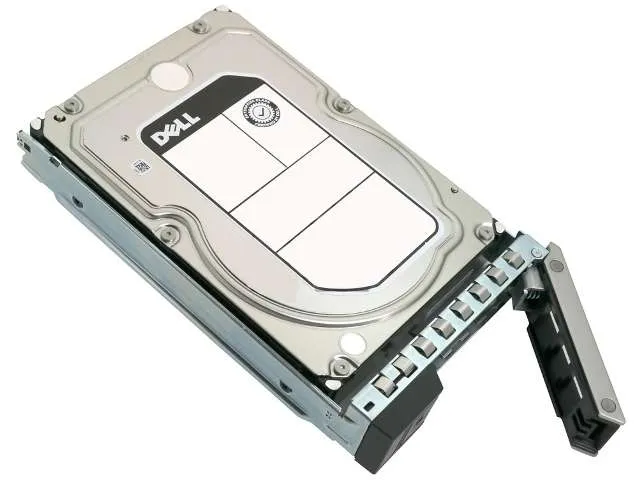

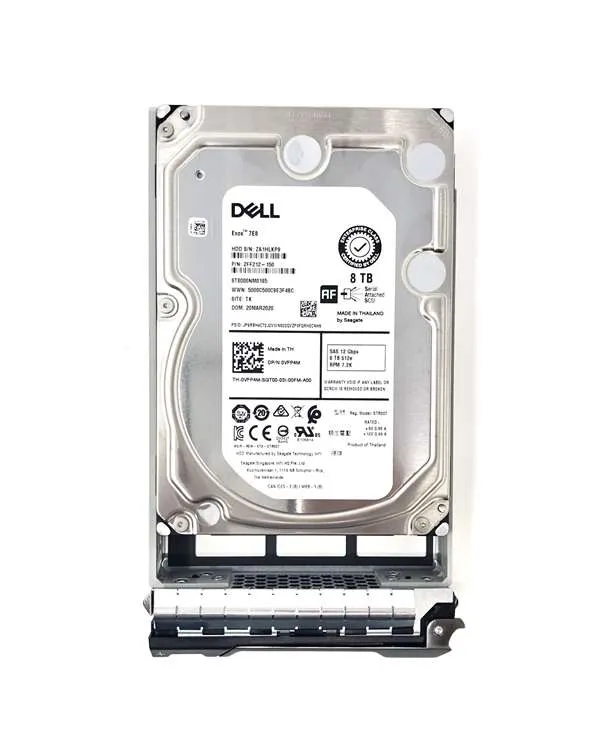
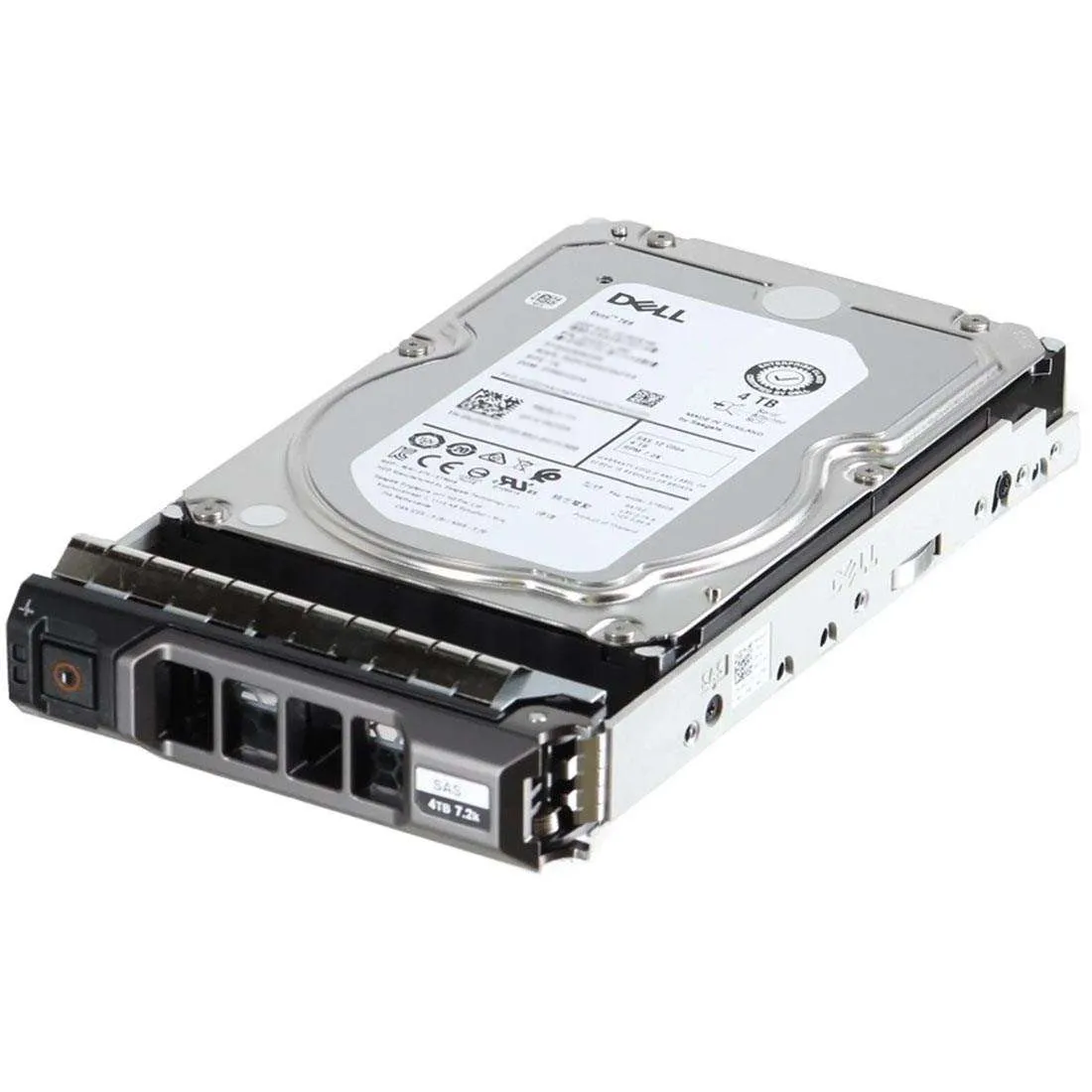
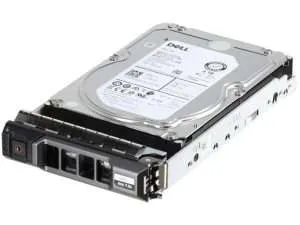
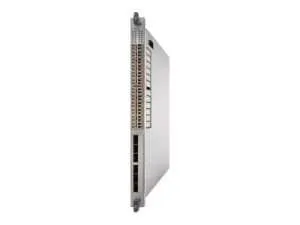

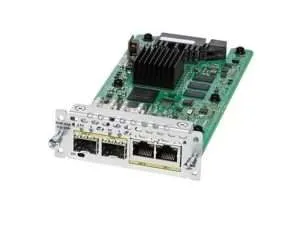
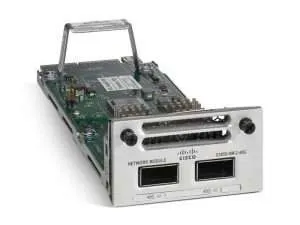


Reviews
There are no reviews yet.